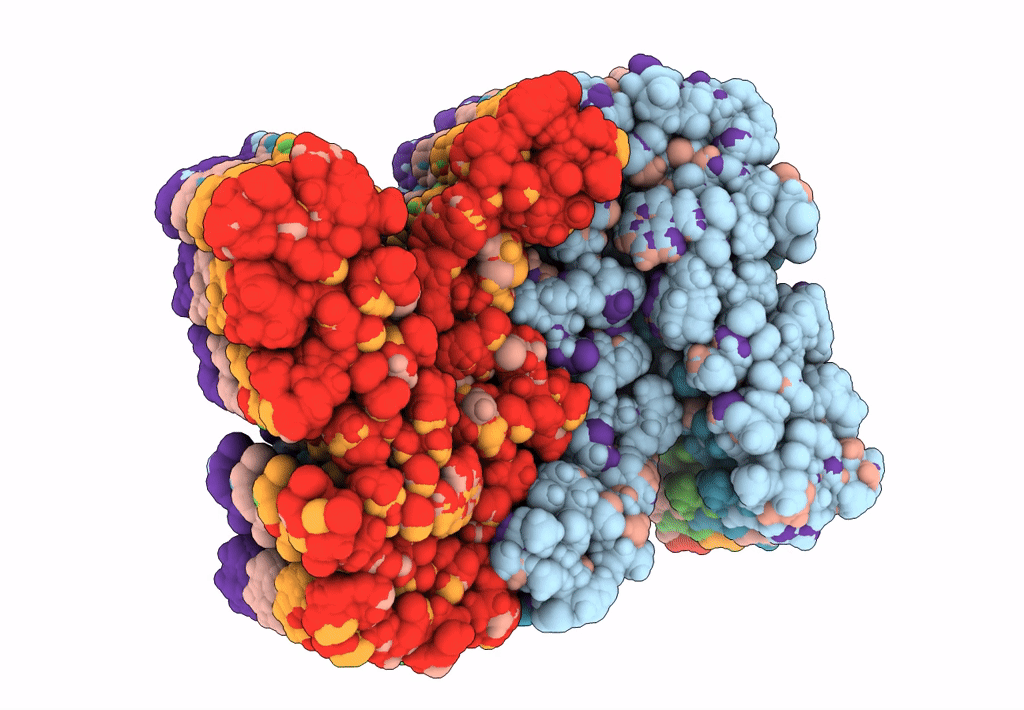
Deposition Date
2022-10-31
Release Date
2023-03-22
Last Version Date
2024-06-19
Method Details:
Experimental Method:
Resolution:
2.83 Å
Aggregation State:
FILAMENT
Reconstruction Method:
HELICAL


